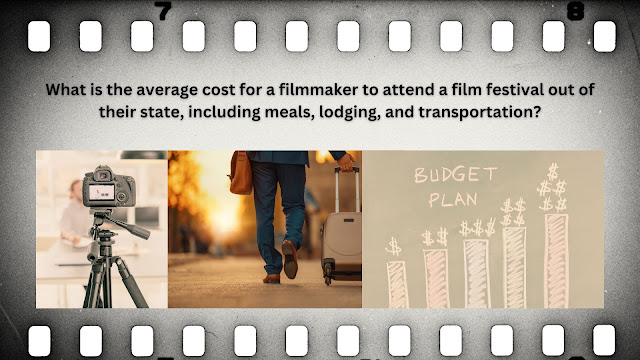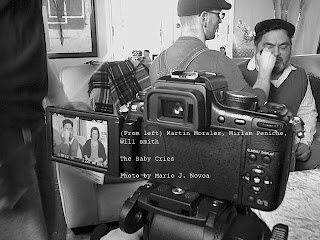How to Create Compelling Film and Video Treatments | Pond5
read How to Create Compelling Film and Video Treatments | Pond5
In the world of music videos, commercials, fashion films, and other short-form media, there is rarely, if ever, a script — no written document that the entire cast and crew must read before production begins in order to ensure that everyone is on the same page. This is when having a good treatment is most important.
Thanks to programs like Adobe InDesign and online tools such as Pond5 and Pinterest, written treatments have given birth to an entire new subset of pre-visualization documents. These tools have made it easier to browse, search, and repurpose material to convey aspects of your project. To explore this progression, I sat down with some fellow filmmakers here in New York City — artists who have had a lot of success in pitching their ideas and getting them funded and produced. I wanted to know about their processes for creating treatments. They had a lot to share.
read more at How to Create Compelling Film and Video Treatments | Pond5
What Is a Treatment?
I first heard the term in college, in reference to script treatments. Any explanation that I could get seemed to say that a treatment was not a synopsis — it was kind of like an outline, but not really. I didn’t get it. That was only made worse after the first time I read a full script treatment. It was 60 pages long and written in prose, like a short novel written by somebody that doesn’t write novels. It wasn’t until I sat down to write my own feature-length script that I suddenly understood why a treatment was useful: it helped to guide the script.
Writing a feature-length script is a massive undertaking. It can easily be a year from the initial idea for the script until its completion. Often, that spark of inspiration that sets us off down the path of creation is intangible — difficult to describe, but we know it when we see it. A script treatment is the intermediary between that initial idea and seeing it developed into a final form. It helps your script stay guided and it helps you to hit your target.
The definition that I now personally use is that a “treatment” is essentially a pitch. It’s intended to present the idea clearly and in the most intriguing manner. If you had the opportunity to pitch your film to a room of people, you wouldn’t want to plainly read off blocks of text. You would want to capture the audience’s attention by describing in great detail the greatest aspects of your idea. You’d want to give them a sense of the characters involved, how the story will unfold, and what type of feeling they will be left with in the end.
Mood Boards, Edits, and More
A good first step to starting your treatment is to create a mood board, an arrangement of images, text, and other materials to convey a particular concept, feeling, or idea. Jump on a website like Pond5, Flickr, Tumblr, or Pinterest. Browsing these sites is a great way to discover a wide variety of quality content very quickly.



